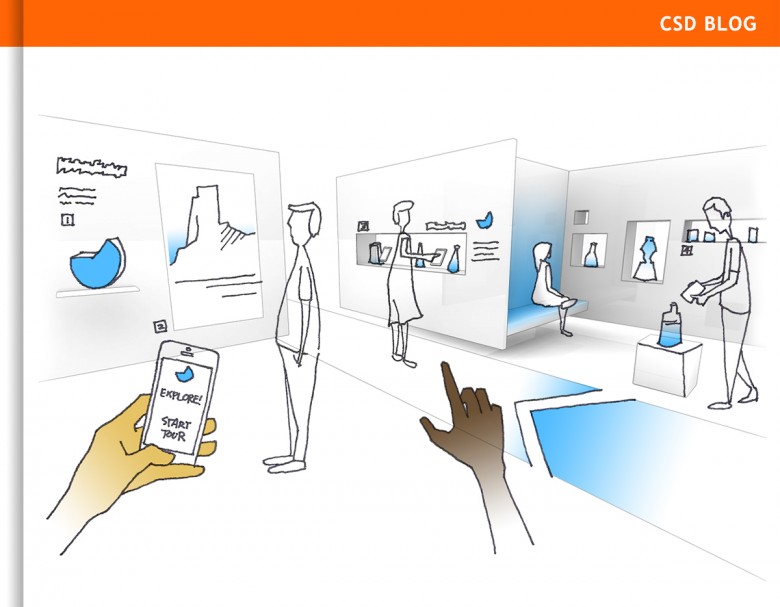Branded Environments FAQ
It’s no longer enough for an organization to simply have a well-crafted interior.
Today’s spaces for consumers and corporations transcend traditional interior design by strengthening the role of storytelling within a branded environment. To accomplish this, brands increasingly rely on the integration of cutting-edge technology, allowing stakeholders to engage their surroundings on multiple levels and crafting interactions that lend a heightened sense of meaning and purpose.
Branded environments combine careful messaging and architectural vocabulary to reinforce and elevate a brand’s position in their experiential design.
So, what makes branded environments unique? How can a company benefit from this form of interior design? Here are some of the most common questions we encounter.
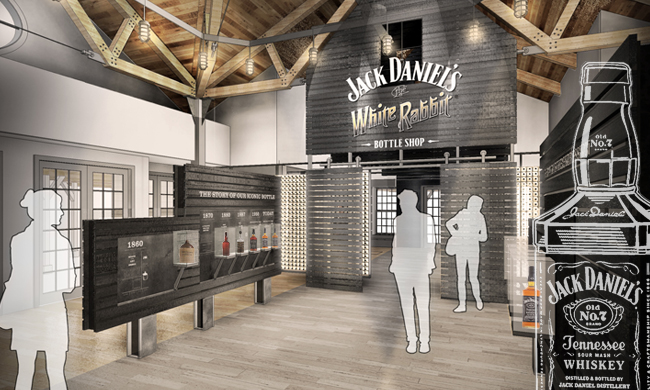
Q: Within the realm of the built environment, what is the unique qualifier of a “branded” environment?
A: Branded environments are like any designed environment in that they focus on formal and material design development. But they are also distinguished by participatory, content-rich programs that relevantly communicate one-to-one with target audiences.
It’s a “form follows content” paradigm, reliant upon robust content development, market benchmarking, behavioral and anthropological studies, lifestyle trending, narrative theory, and learning modalities, as well as business best practices.
The actual design of products, services, events, and environments is inextricably linked to the ability to interpret content and to extend abstract ideas and elements into physical form.
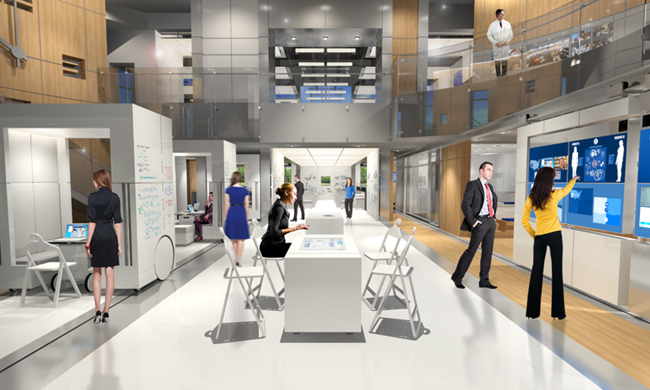
Q: Why have branded environments become an important marketing extension for so many consumer-facing companies?
A: The fractionalization of the consumer audience and their demand for personalization has created a profound and well-documented shift. Brands and marketers want and need new ways to engage their audiences.
Effective experiential design recognizes consumer demand for personalization, relevancy, and life-style recognition. Foremost, it promotes sustained and extended live audience exchange.
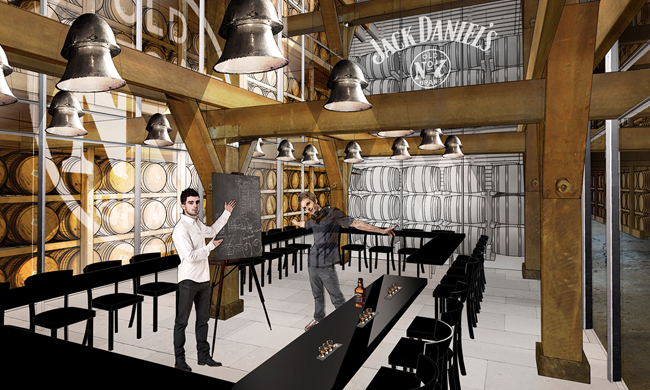
Q: What is the value proposition for the client?
A: Effective experiential design programs exponentially extend the consumer audience engagement time when compared with traditional advertising. Experiential programs and environments create a powerful opportunity for brands to immerse, interact with, and affect the behaviors of their audience. When audience engagement time is extended, the potential for both emotional connection and brand loyalty increases. This factor of time correlates directly with an increase in sales of products and services.
To put it simply: a thoughtful branded environment maximizes the time your audience spends with your brand. That investment of attention yields new loyalty, which in turn drives sales.
In today’s competitive, media-saturated world it’s especially true that time (attention) is money.
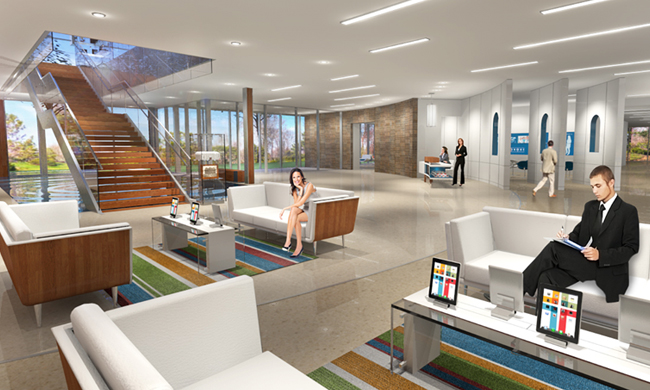
Q: What types of techniques are employed to create branded environments over traditional interior design?
A: Along with extensive research to help hone and interpret an organization’s story, branded environments often employ deeper integration of technology, environmental graphics, and way-finding design.
Through these techniques, branded environments can help connect a brand with its purpose and culture by creating a tangible expression in a built environment.
